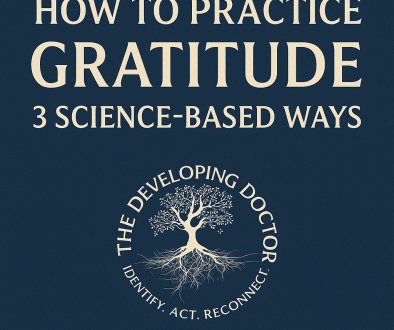Effective Decision-Making for Doctors: Prioritize with the Eisenhower Matrix
Decision-making and problem-solving are essential parts of a physician’s role. Making decisions in a fast-paced clinical environment, with high expectations for perfection, is challenging. The delivery of healthcare is a team effort, and decision-making often requires consensus, which takes time. As the team’s de facto leader, physicians must utilize a systematic approach to prioritize and make decisions.
Let me share an experience from a recent clinic day as an example. My first patient of the day became critically ill and required admission to the intensive care unit. At the same time, other patients needed attention, a new student arrived at the clinic for orientation, and a nurse urgently requested orders for an MRI. I had to prioritize and make decisions quickly. The following tricks help me make decisions efficiently.
1. Decisions that impact the safety and well-being of individuals are always a top priority.
2. Consider the type of decision that needs to be made.
Technical decisions require specialized knowledge, skills, or expertise to make. These decisions are typically based on objective criteria and can be made quickly using logical reasoning and analysis. When faced with competing priorities, I find it helpful to complete as many technical decisions as possible to remove a few things from my plate.
3. Acknowledge what you can and can’t get done.
In the example above, I could not orient the student properly while caring for my critically ill patients. Instead of trying to do two things simultaneously, I involved the student in the admission process. Orientation was delayed until I completed the more urgent tasks.
4. Make it a team effort and utilize the knowledge and skills of those around you.
It is important to note that prioritizing tasks differs from multitasking, even when dealing with multiple issues simultaneously. Although it may seem like multitasking is an effective way to accomplish tasks, it is not. In my case, I used the urgency of each job to prioritize them. Evaluating the importance and urgency of duties is an effective way to prioritize when dealing with competing responsibilities.
The Eisenhower matrix is an excellent tool for visualizing the importance and urgency of tasks or decisions. Prioritize urgent and important tasks; they should be prioritized and completed immediately. In the earlier example, my priority was admitting the sick patient. Tasks that are important but not urgent can be scheduled, allowing you to allocate the right amount of time and resources to finish the job. Instead of giving the waiting student a rushed orientation, I involved him in caring for the ill patient and scheduled a formal clinic orientation for later in the afternoon. Delegate tasks that are urgent but not important to others capable of handling them. For instance, I asked the nurse to follow our verbal order protocol and route an MRI order to the EMR in-basket. Eliminate tasks that are neither important nor urgent.
As a physician, your decision-making skills are crucial in a fast-paced clinical environment. By prioritizing tasks and making efficient decisions, you can improve patient outcomes and positively impact lives. The Eisenhower matrix provides a systematic approach to allocate time and resources to complete tasks based on their importance and urgency. Remember to involve your team in decision-making and avoid multitasking to achieve your goals and make a difference in the lives of your patients.
Contact me to learn how coaching can help clinical decision-making or schedule a free coaching consult!





